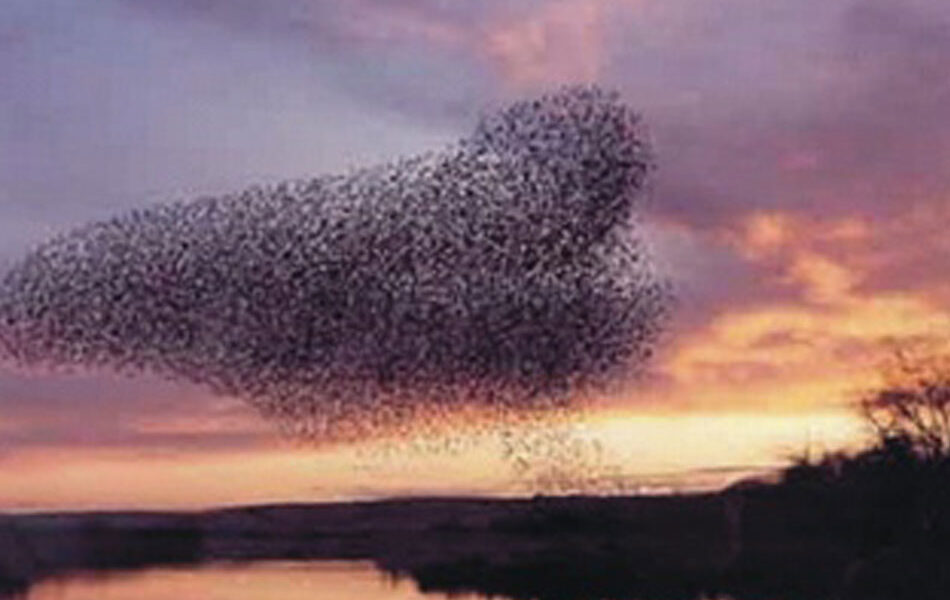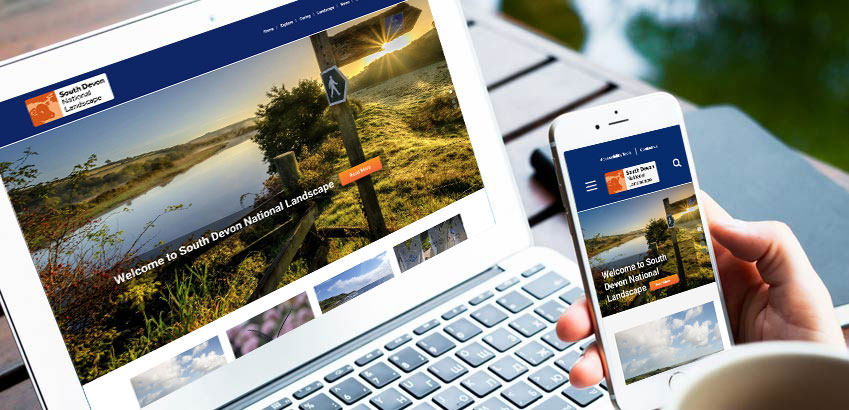The quality and importance of biodiversity features are reflected in the number and range of designated sites including Special Areas of Conservation, Sites of Special Scientific Interest, National Nature Reserves, Local Nature Reserves, Important Plant Areas and Local Sites.
The geographical position occupied by the South Devon National Landscape combined with the diversity of habitats it supports makes the area important for a range of species at the limits of their natural distribution range.
The area’s coast, estuary, countryside, aquatic and marine environment combine to form a uniquely diverse landscape and seascape providing habitat, niches and conditions for a wealth of species.
Of national significance, the combination of natural events makes a major experiential contribution to the South Devon National Landscape.
Top 10 natural events in South Devon
Nature’s calendar creates a series of spectacular natural events throughout the year and the South Devon National Landscape is the venue of a really impressive selection including:






